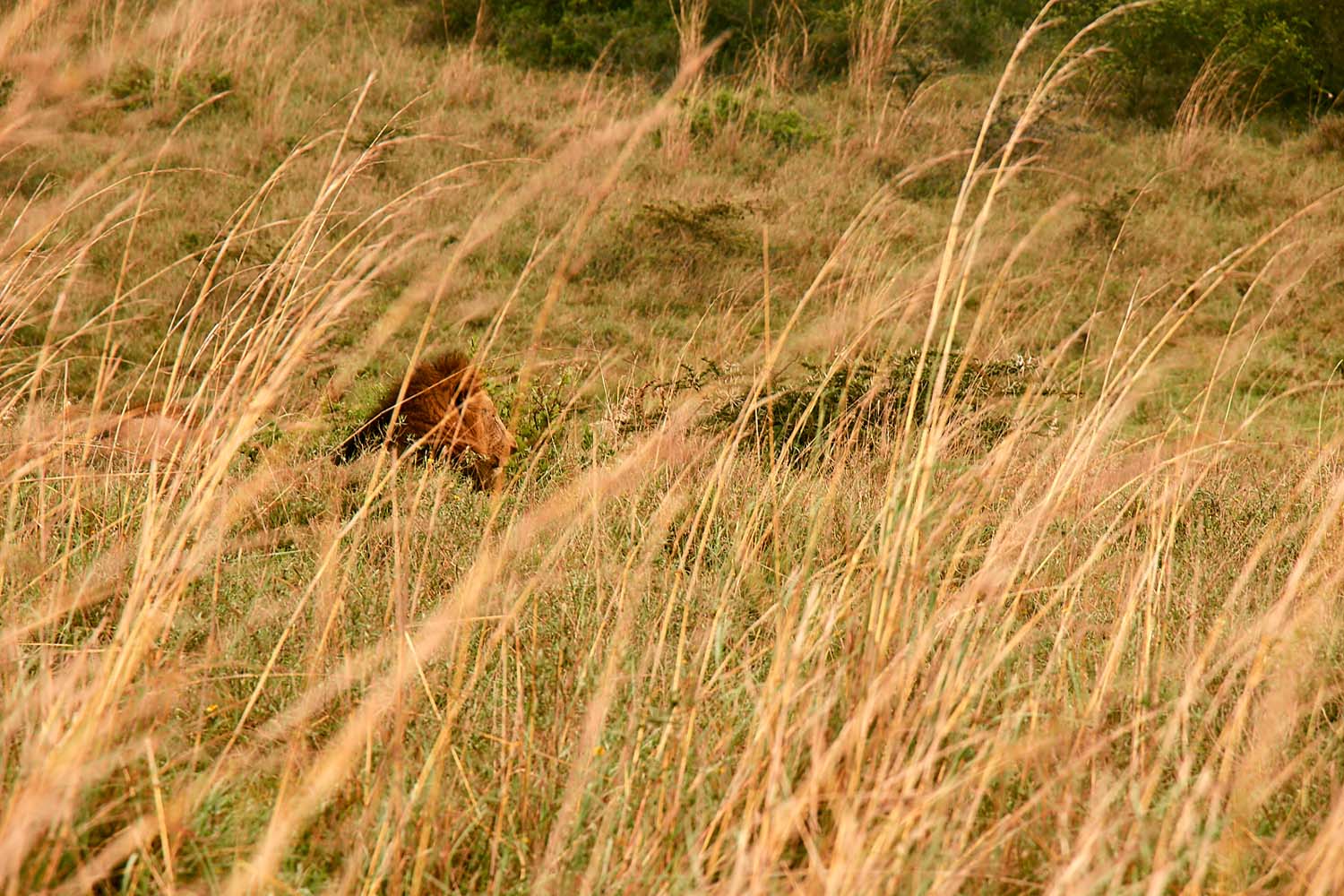
Mediocrity, Mastery and the Mindset that Separates Them Both
Any creative endeavor is a labor of love. We get into it because of our good taste – the desire to create the things we want to see in the world. As the legendary radio broadcaster Ira Glass put it, the gap between our good taste and our skill is wide when we first start out, which can make carrying on daunting at first. It involves a lot of risk, mediocrity and mistakes that intimidate the average newbie.
When I first got into photography and Photoshop, I felt this pressure firsthand. I didn’t have any formal training or mentor so it was doubly difficult to find direction, but I was determined. During this period, two books gave me the encouragement I needed: How to Think Like Leonardo da Vinci by Michael J. Gelb and Mastery by Robert Greene. The first book taught that being a prolific and brilliant creative is a lifestyle not limited to the craft itself, while the second book taught me about the necessity of mastering a skill to the highest degree.
With the right mindset, I proceeded to teach myself photography, Photoshop and how to use a camera – mine was a sleek white Samsung NX1000 mirrorless camera. After undergrad, I spent a year absorbing every credible YouTube tutorial from the likes of PHLEARN and more. It was a self-imposed apprenticeship. It was a big risk foregoing my degree and dedicating myself to learning photography from scratch, but the books I mentioned above gave me solace that the rewards were worth it.
One of the quotes that stuck with me from How To Think Like Leonardo Da Vinci was this:
“Keeping your mind open in the face of uncertainty is the single most powerful secret of unleashing your creative potential.”
It applied on so many levels, but mostly to the fact that I was myself in uncertain waters teaching myself photography and Photoshop. I had not thought ahead to after this phase but i knew that if I could get past this, I would develop the wherewithal to cope with the drudgery that was to come.
The book Mastery blessed me with this nugget:
“The future belongs to those who learn more skills and combine them in creative ways.”
As I got more proficient in the core skills of my craft, I became more confident in teaching myself other skills and software in order to give myself more of a competitive advantage in a very saturated market. It also gave me more creative options to really make my work and style stand out.
I was mediocre, but I didn’t accept it as “ok.” There’s a saying, “Mediocrity is like a lollipop. One lick and you will suck forever.” With that in mind, I developed what Kevin Hart calls “passion-centered competitiveness,” striving to one-up myself with every practice and tutorial of the craft that I love. I would watch a tutorial and try to copy it day in, day out for nine months. I didn’t have a job, nor did I have any responsibilities. I had nothing but time.
I would envy the awesome imagery on communities like DeviantArt and 500px and I would try to replicate them. During the first few months, my work failed to meet up with the work of the pros time and time again. I would share my progress on Instagram and my friends and family would have such glowing reviews, but deep down I knew that I sucked. Professional photographers ignored my work, so I knew that I had a long way to go. I kept at it. It was extremely lonely as well. All I did was eat, sleep and Photoshop. I would honor the occasional invitation just to stay sane but, every time, I couldn’t wait to be back on my computer. That’s how I knew I was in the right place passion-wise.
Over the next few months, I would see the gap between my tastes and skills close. I began to try more advanced techniques. Thankfully, Aaron Nace made it all look so simple and fun so I stuck with the process. I reached a level where I was confident with charging for my skills and I took yet another risk by putting myself out there as a photographer-for-hire. It was slow at first, doing free work in whatever form it came. During that period, I was manipulated, humiliated, and taken advantage of in every conceivable way. But, in my mind, it was part of the process. I made all kinds of mistakes that formal training would have helped me avoid, but through it all I remembered why I got in the game in the first place.
Steve Martin said, “Be so good you, they can’t ignore you.” That’s what mastery entails and that’s what I strive for every day. In my mind, the ultimate goal is mastery, that is, to be a master at what I do. To be confident in my skills and the execution of my ideas, to be able to solve creative problems for myself and my clients while loving every minute of it. But to get there, you have to dispel the idea that being mediocre is ok.
Mediocrity affects everything. If your work is mediocre and you’re ok with that, chances are that you’re a mediocre person as well. Everything worth doing is worth doing well. Make the mistakes and take the risks, but the goal is to be better with every push of the shutter button or brush stroke. Just because you’ve reached a point where your work is “decent enough” doesn’t mean you should stop there; there are younger, hungrier, more talented people looking to take your spot.
Everyone’s journey to mastery is different, but the idea is the same: if you’re good at something, get better and stop making excuses.
And try to have fun while you’re at it.
Check out the author’s photography portfolio here.












